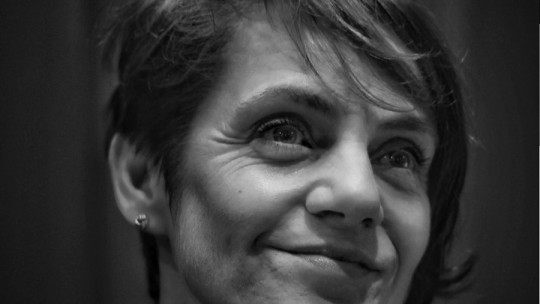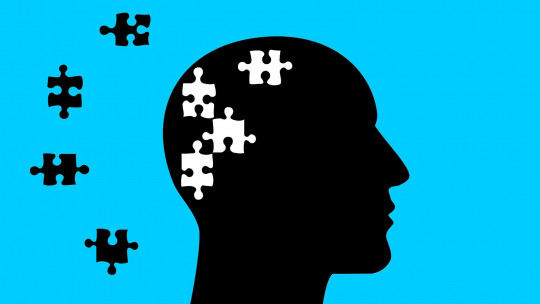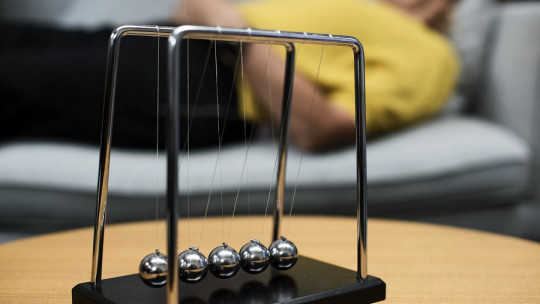
Many times, when we have a problem or are suffering for some reason, looking at things from another perspective can help us find a solution. This is what George Kelly thought when he created the fixed role technique framed within the theory of personal constructs and based on a constructivist approach to reality.
Constructivism proposes that reality is not something unique and immovable, but rather that it is constructed; There are as many realities as there are people in the world. Each person will create their own reality and give it their own personal meaning. The nuances are endless.
In the following lines we will see the foundations of constructivist psychology proposed by G. Kelly.
Kelly and the beginning of constructivism
George Kelly was an American psychologist who proposed the theory of personal constructs. According to this theory, people construct the world based on personal constructs that is, in ways of giving meaning to experiences.
Thus, each person attributes a certain meaning to the experience, a result of these constructions.
In order to know more and more about the world around us and anticipate the consequences of what happens around us, we must adjust and modify our system of constructs. This It will change with time and the experiences we acquire
Origin of the fixed role technique
The fixed role technique, also called fixed role therapy, was proposed by Kelly in 1955, although he began using it earlier, in the 1930s.
This technique is considered as the most representative of the theory of personal constructs and it is a useful tool to achieve therapeutic change.
Through this technique, the therapist constructs fictitious personality roles specific to the patient, and this must represent these roles for approximately 2 weeks. Through this implementation of new roles, the patient experiences new constructs that will help them achieve change.
It is important that the technique is acceptable to the patient so that therapist and patient can work together.
Phases of this therapeutic process
Let’s look in more detail at the phases that make up the technique.
First, self-characterization is developed (which is also an evaluation technique proposed by Kelly, in 1955). In this phase the therapist asks the patient to write a description of himself (usually a couple of pages in third person); It’s what Kelly calls a “character sketch.”
The therapist then constructs another description from this, called the “fixed role search.” The patient must play the new role or character for a certain period of time (usually 2 weeks).
Thus, the patient You will face playing a role to address the challenges and problems in your life, but from a different perspective. The fictitious personality (new role) will have a different name so that the patient can represent it without losing its identity or compromising it.
The technique also includes homework assignments, which in this case will involve the performance of the fixed role in work or academic situations (outside of therapy).
In the final stage of the fixed role technique, patient and therapist carry out an evaluation of the results and the patient is the one who decides whether or not he wants to maintain some of the characteristics represented.
Furthermore, in this last phase a farewell letter is usually written to the character in the fixed role. This strategy allows preparing the closure of the therapeutic intervention
Characteristics of the technique
Within the therapy sessions, the patient must put the new role into practice (in addition to homework assignments).
On the other hand, one way for the therapist to model the new role in the patient and for the latter to see a specific situation from the perspective of another is to use role reversal, with which the roles of the therapist and the patient are reversed. Thus, the patient represents the role of the therapist and vice versa; This allows the patient to explore reality from another point of view. Attitudes of exploration and experimentation will facilitate change.
The objective of the fixed role technique is that the patient Try out in practice what it would be like to live without the problem you have (also called dilemma), with the security and peace of mind that you will not be asked to delete it. This way, if you feel the change is too threatening, you can return to your usual way of functioning.
Finally, it is intended that the patient can reorganize his previous system of constructs, modify his personal constructs and develop new ones, this time more functional.








